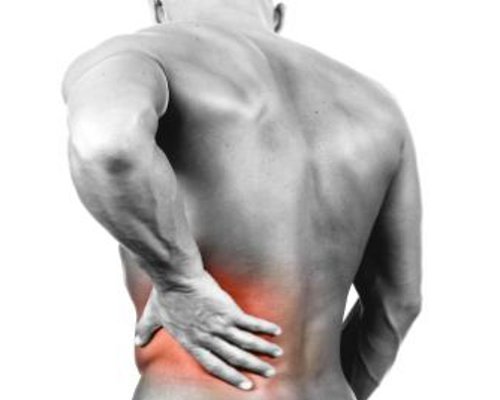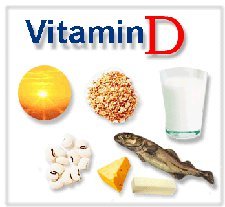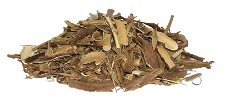
One of the most common physical complaints is back pain. Almost everyone will experience some sort of back pain at one time or another, and it can range from a dull ache to outright agony.
When you don’t want to resort to drugs, you’ve got to do something to assuage the symptoms. Whether the cause is a new muscle strain or an old football injury, there are treatments that don’t require dulling your nerves or undergoing major surgery.
Causes of Back Pain
The back is a complex system of bones, nerves, and muscles. Everything centers around the stack of 30 vertebrae that surround the spinal cord and comprise the spine. Nerves enter the spinal cord through tiny spaces between the vertebrae.
Ligaments, tendons, and muscles hold the spinal column in place. Intervertebral disks keep the bones from crashing into one another when you run and jump, as well as allowing the spine to flex, twist, and extend. In a network as complex as this, it’s easy to see how any little thing can compromise the entire system and cause pain.
The most common causes of back pain are muscle strain and ligament sprains. Anything from incorrect lifting to poor posture can cause these conditions, especially things like poor sleeping position and carrying too much body weight.
Methods of Prevention

Since an ounce of prevention is worth a pound of cure, let’s talk about some great ways to keep yourself from getting hurt in the first place. While you can injure your back anywhere, you’re probably here because you workout. As such, here are some of the best ways to keep your back healthy as you exercise.
First, be sure that you’re getting some good walking time in. Most of the muscles in the back take turns being activated and deactivated, giving the entire system a good, low-impact workout. If you’re a bodybuilder, this is great for the low and slow workouts you tend to prefer.
Another option is water work, either swimming or aqua aerobics. Be aware that water provides significantly more resistance than land-based exercise, so be sure to take it slow to avoid further injury.
Finally, be sure that you’re using proper form as you execute each lift. In general, be sure to use an appropriate weight for your training level, pull the abs in to protect the lower back, and don’t jerk the weights. All of these things will help keep your back healthy.
If you’re taking care of yourself through exercise and good stretching and are still in pain, take a look at your diet and see if you could implement some easy nutritional changes. They may just stop the aching!
Vitamin D

If you find yourself struggling with chronic back pain, a vitamin D deficiency could be the cause. A study conducted by the University of Minnesota looked at 150 people with chronic musculoskeletal pain. A stunning 93% of them were deficient in vitamin D! The majority of people who had the deficiency were under 30 years of age, time of year nonwithstanding.
Sun is still your best source of vitamin D. However, if you’re struggling to get enough of this important nutrient, there are some easy nutrition sources to get your levels up and hopefully decrease your pain.
Cod liver oil is your best bet, as a mere teaspoon per day provides more than 100% of the RDA. Your next best option is fatty fish such as salmon, mackerel, or sardines. Fortified dairy milk and dry cereals are some supplemental sources, providing from 10-25% of your daily RDA per serving.
Vitamin B12

If you have lower back pain, take a look at vitamin B12. There are other symptoms of B12 deficiency as well, so take a look at the list and see if any of these apply to you. If you have both back pain and another of these conditions, talk to your health care provider about your options.
If you have numbness or tingling in your extremities, find yourself particularly irritable or depressed, experience heart palpitations, or are having trouble with your memory, those are indicators of a B12 deficiency. Those most at risk suffer from pernicious anemia, celiac disease, Crohn’s disease, or eat a vegan diet.
While injections are the standard course of treatment for a lack of B12, you can also take a sublingual supplement. In terms of foods, check out liver, sardines, salmon, and beef tenderloin. You’ll get the benefit of vitamin D if you go with sardines or salmon, an easy way to get both vitamins from a single food source!
Magnesium
Lack of magnesium can create a laundry list of health problems, from asthma to migraine to heart failure in extreme cases. Sadly, more than 60% of the American population is magnesium deficient, making these issues something we’re likely to see more of in the near future.
The RDA for adults is 400 mg per day, which is relatively easy to obtain when you know what foods to consume. Pumpkin seeds are the best known dietary source, with three ounces providing the daily requirement in full. Brazil nuts, cashews, and almonds are great options, as are quinoa, halibut, and spinach.
I also really like a magnesium supplement called Natural Calm. It’s not only great for keeping back pain in check, but often helps people who struggle with insomnia and leg cramps, as well as balancing blood sugar.
Willow Bark

Willow bark is a natural alternative to aspirin. It has pain-relieving properties, as the salicin it contains is converted to salicylic acid by the body. Salicylic acid is believed to be a compound that helps the body relieve pain and inflammation, so it stands to reason that it would be excellent for back pain.
A study in the American Journal of Medicine divided participants with chronic lower back pain into three groups. The first received a low dose of willow bark (120 mg), the second received a high dose (240 mg), and the third received a placebo.
After three weeks, 30% of the high dose group were pain free, 21% in the low dose group said the same, and only 6% of the placebo group reported that they were no longer suffering. Willow bark comes in powder, liquid, and capsule form, so you’ve got options to relieve your pain.
While there are many causes of back pain, there are some simple solutions to keep you feeling good and moving well!